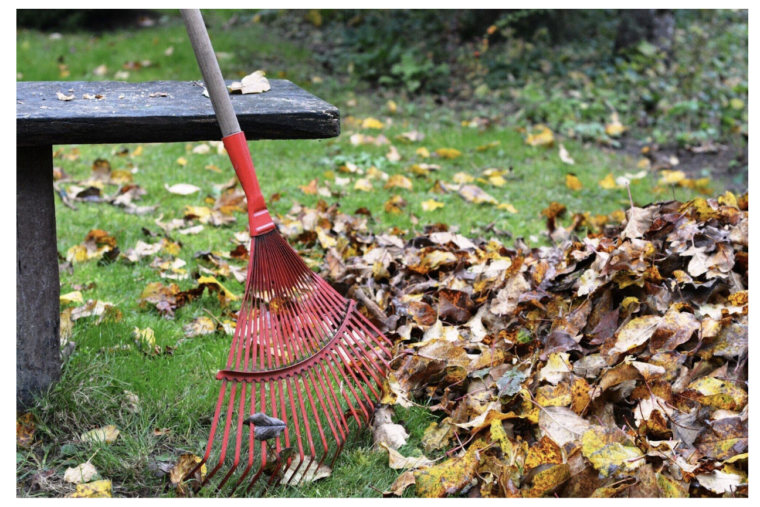Aeration Lawn Service: What It Is and Why You Need It

Aeration lawn service is often overlooked in lawn care. But, it is a crucial step in promoting the health and beauty of your grass. Understanding the benefits of lawn aeration and recognizing when your lawn needs it are key aspects of maintaining a lush and vibrant green space.
By allowing nutrients, water, and air to penetrate the soil, aeration helps the grassroots to grow deeper. This results in a stronger and more resilient lawn. This can better withstand environmental stresses and thrive throughout the seasons. Let’s find out more!
What is Lawn Aeration?
Lawn aeration is a process that opens up the soil of your lawn to allow the following to penetrate:
- air
- water
- nutrients
This is deep into the ground. It reaches the roots of the grass. This is achieved by removing small plugs of soil throughout the lawn. This creates puncture holes in the ground. There are two main types of aeration techniques.
The core aeration involves the removal of soil plugs. Spike aeration simply pokes holes into the ground without removing soil.
Why Your Lawn Needs Aeration
The primary purpose of aeration is to combat soil compaction. Over time, soil can become compacted due to foot traffic, mowing, and other activities, which makes it difficult for grass roots to grow and access necessary nutrients.
Compacted soil also has poor drainage, leading to puddles and water runoff that further stresses your lawn. If left unaddressed, compacted soil can lead to an unhealthy, patchy lawn that’s more susceptible to weeds, disease, and drought.
Make sure to check out https://www.dempsterbrothers.com for professional lawn aeration services. They can help determine the best aeration method for your lawn, whether it’s core or spike aeration.
Signs Your Lawn Needs Aeration
Several indicators suggest your lawn could benefit from aeration. If your yard receives heavy use, such as frequent foot traffic or activity from pets, chances are the soil is compacted. Yards that dry out easily or have a spongy feel may have a thatch problem, which aeration can help alleviate by breaking up the layer of dead turfgrass.
If your lawn struggles to absorb water or fertilizer, or if it’s looking unhealthy despite proper care, aeration might be the solution.
The Best Time to Aerate Your Lawn
The optimal time to aerate your lawn depends on the type of grass. Cool-season grasses, such as fescue and bluegrass, are best aerated in early spring or fall, while warm-season grasses, like Bermuda and zoysia, benefit most from aeration in late spring or early summer.
The Benefits of Lawn Aeration
A properly aerated lawn can absorb water, fertilizer, and oxygen more efficiently, leading to a healthier root system and, in turn, a denser, more resilient turf. Aeration also helps to decompose thatch faster by mixing the soil with the thatch and introducing more air into the mix.
Over time, you’ll notice improved lawn texture, reduced water runoff, and an overall greener, more vigorous lawn.
Explore Aeration Lawn Service Today
Neglecting aeration lawn service can lead to a host of problems, from unhealthy grass to increased vulnerability to pests and diseases. Considering the significant benefits aeration offers, it’s a service worth investing in for any homeowner looking to maintain a beautiful, healthy lawn.
Whether you decide to rent equipment and aerate your lawn yourself or hire a professional lawn care service, incorporating aeration into your lawn maintenance schedule will ensure your grass remains robust and vibrant for years to come.
Did you find this article helpful? Check out the rest of our blogs!
